Study of a Horse's Head
Oil on canvas mounted on panel,
28 x 24 cm
Signed and dated 1909 lower left
Provenance:
Private Collection
Raimond Lecourt, a painter from Le Havre trained in the academic tradition, stands as a significant figure in early 20th-century French art. A pupil of Charles Lhuillier at the École des Beaux-Arts in Le Havre, he quickly developed a passion for animal subjects and genre scenes, influenced by the pictorial naturalism of his time.
In 1899, Lecourt was awarded the honorary prize of the advanced course along with the silver medal of the city. This recognition granted him a municipal scholarship, enabling him to attend the École des Beaux-Arts in Paris. There, he joined the atelier of the renowned painter Léon Bonnat, refining his craft. In Paris, Lecourt reconnected with several artists from Le Havre who had preceded him there, including Othon Friesz, Raoul Dufy, and the brothers René and Henri de Saint-Delis. This artistic and intellectual environment enriched his perspective while affirming his attachment to a figurative style imbued with naturalism.
Over the years, Lecourt achieved full mastery of his talent. As a member of the Société des Artistes Français, he regularly exhibited at the Salon des Indépendants and contributed works to major exhibitions of the period. His reputation quickly crossed French borders, and his paintings were acquired by prestigious collections in Denmark, Germany, the United States, Japan, and Great Britain. In the latter, his talent was particularly celebrated; even the Duchess of Manchester's dogs were immortalized through his paintings.
This Study of a Horse's Head, painted in 1909, showcases Lecourt's virtuosity in capturing the strength and nobility of animals. The work features a warm palette dominated by deep browns, accented with touches of ochre and red that enliven the horse's coat. The background, rendered simply in light blue and white tones, highlights the main subject while creating a serene and luminous atmosphere.
The horse's gaze, calm and attentive, reflects Lecourt's ability to capture the psychological essence of his subjects. The texture of the coat, portrayed with supple and vibrant brushstrokes, conveys a sense of life and spontaneity. Through this approach, Lecourt aligns himself with the tradition of great animal painters such as Rosa Bonheur and Édouard Detaille, while infusing his work with a personal sensitivity and profound sincerity of expression.
From a young age, Lecourt demonstrated a precocious love for drawing. However, his time at the local school was unremarkable, except for his teacher’s harsh disapproval of the "scribbles" that adorned the margins of his notebooks. This anecdote underscores Lecourt's irresistible attraction to art from an early age—a talent that found its fullest expression in his mature works.
The choice of a small format, 28 x 24 cm, lends this painting a particular intimacy. While it may have been a preparatory study for a more ambitious work, it stands on its own due to the precision and mastery it reveals.
In the context of the Belle Époque, when animal scenes experienced a resurgence of interest, Lecourt distinguished himself through his ability to transcend mere realistic representation, achieving an emotional and narrative dimension. This study is a remarkable illustration of his love for the animal world and his talent for conveying its raw beauty and soul.


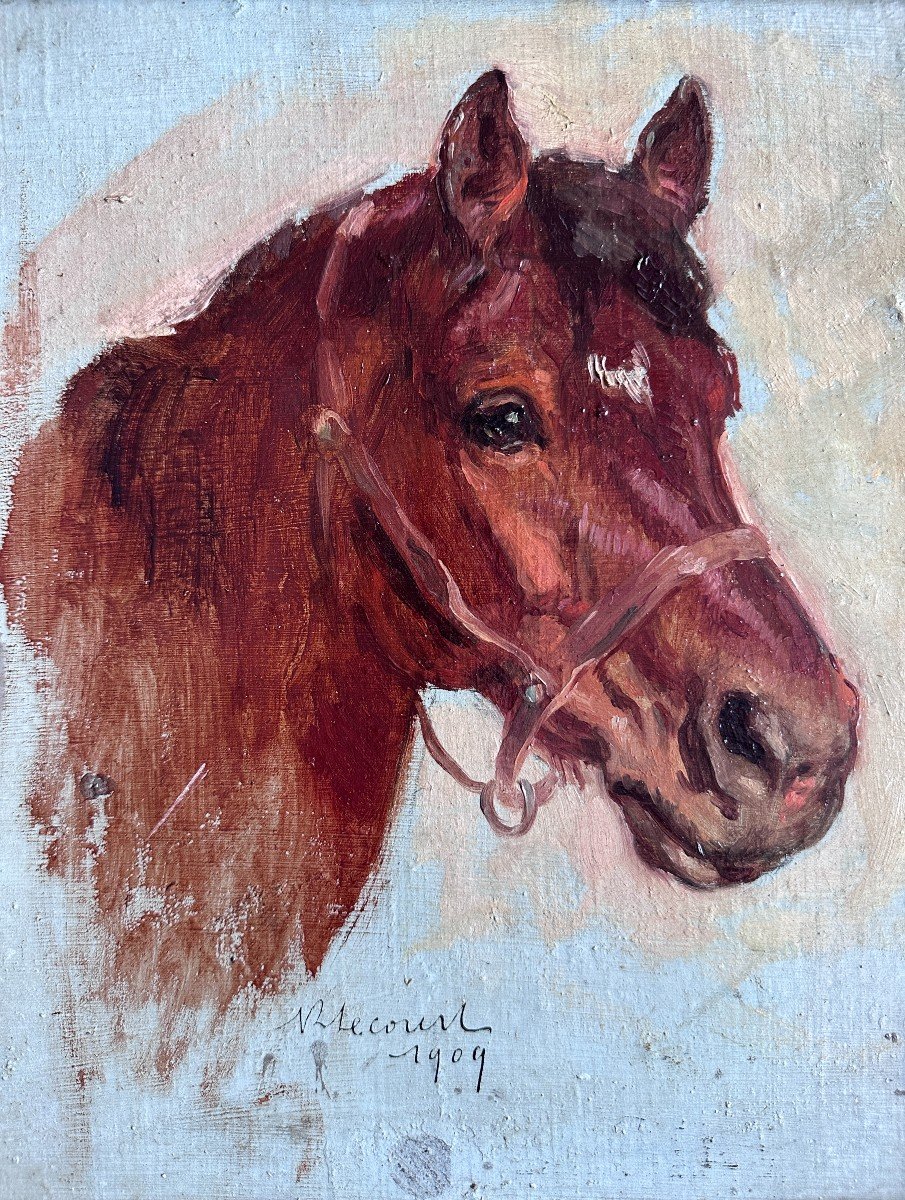
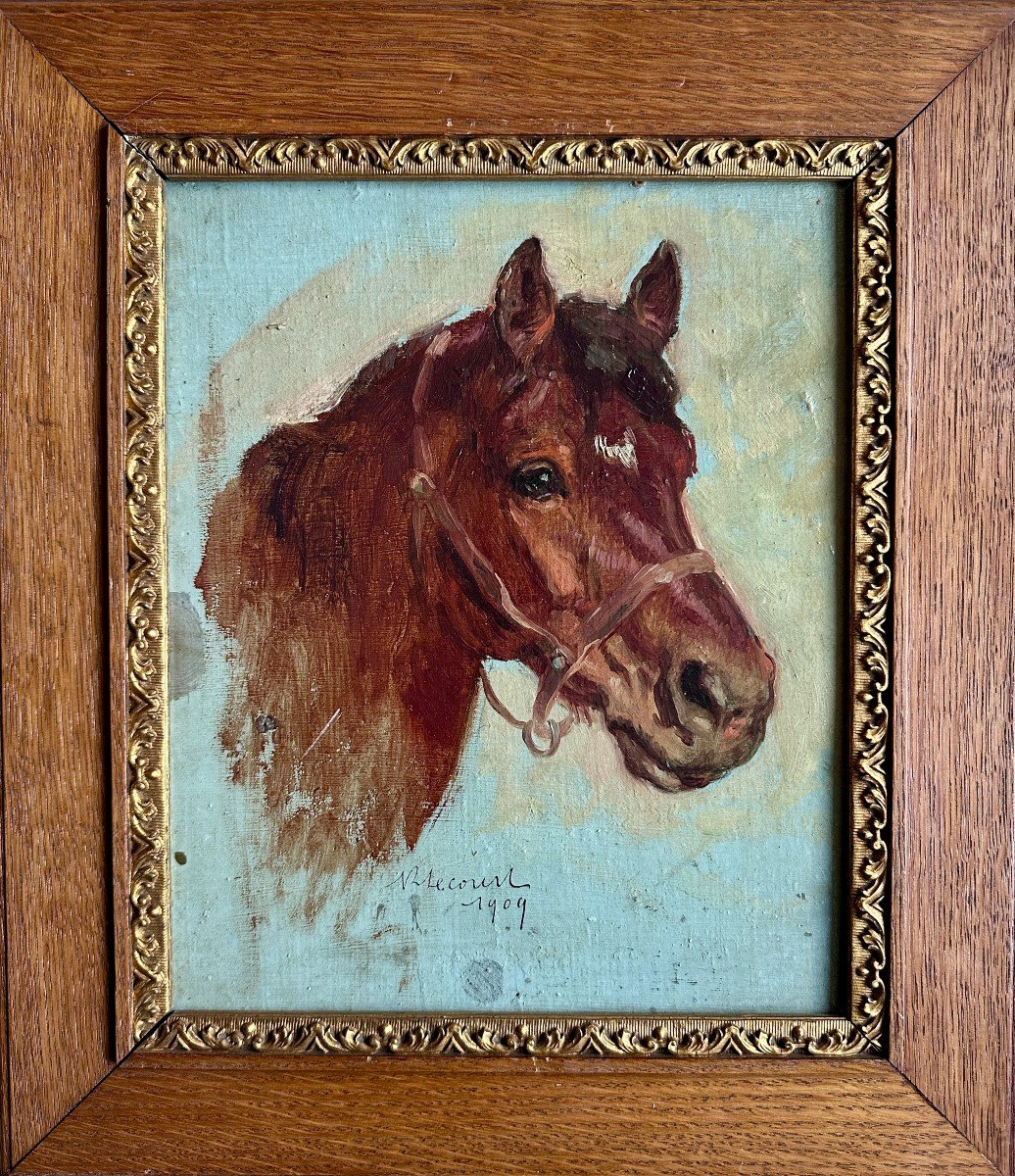
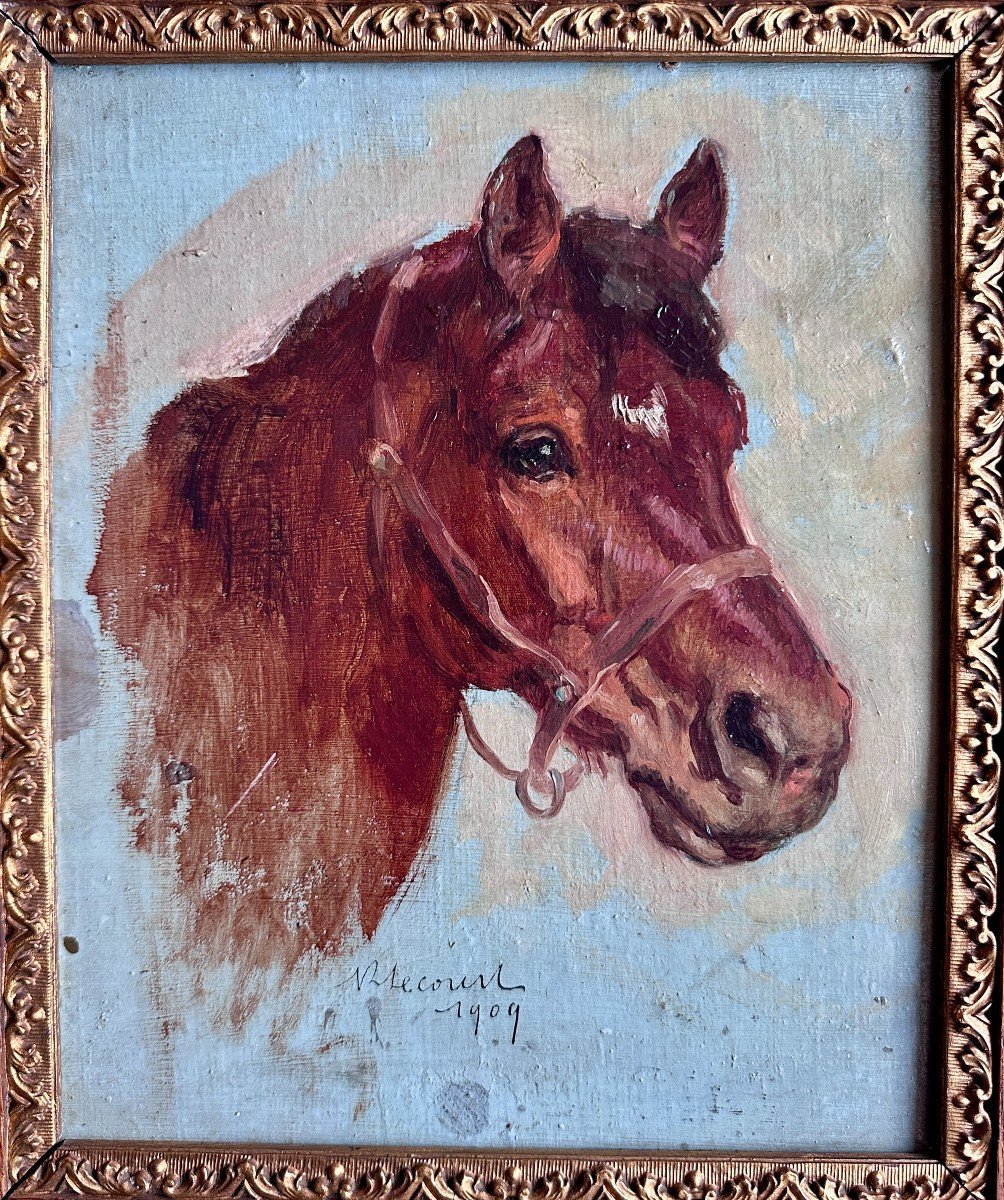
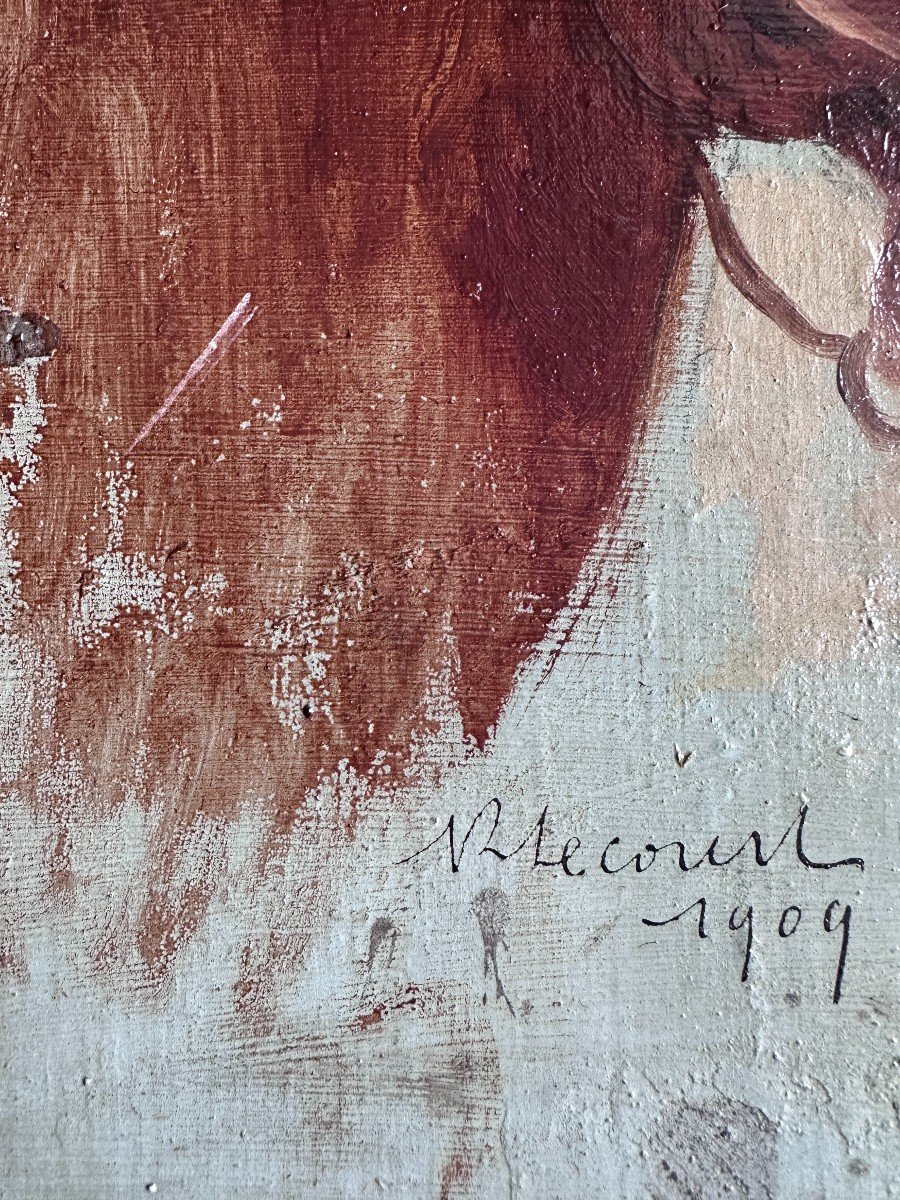
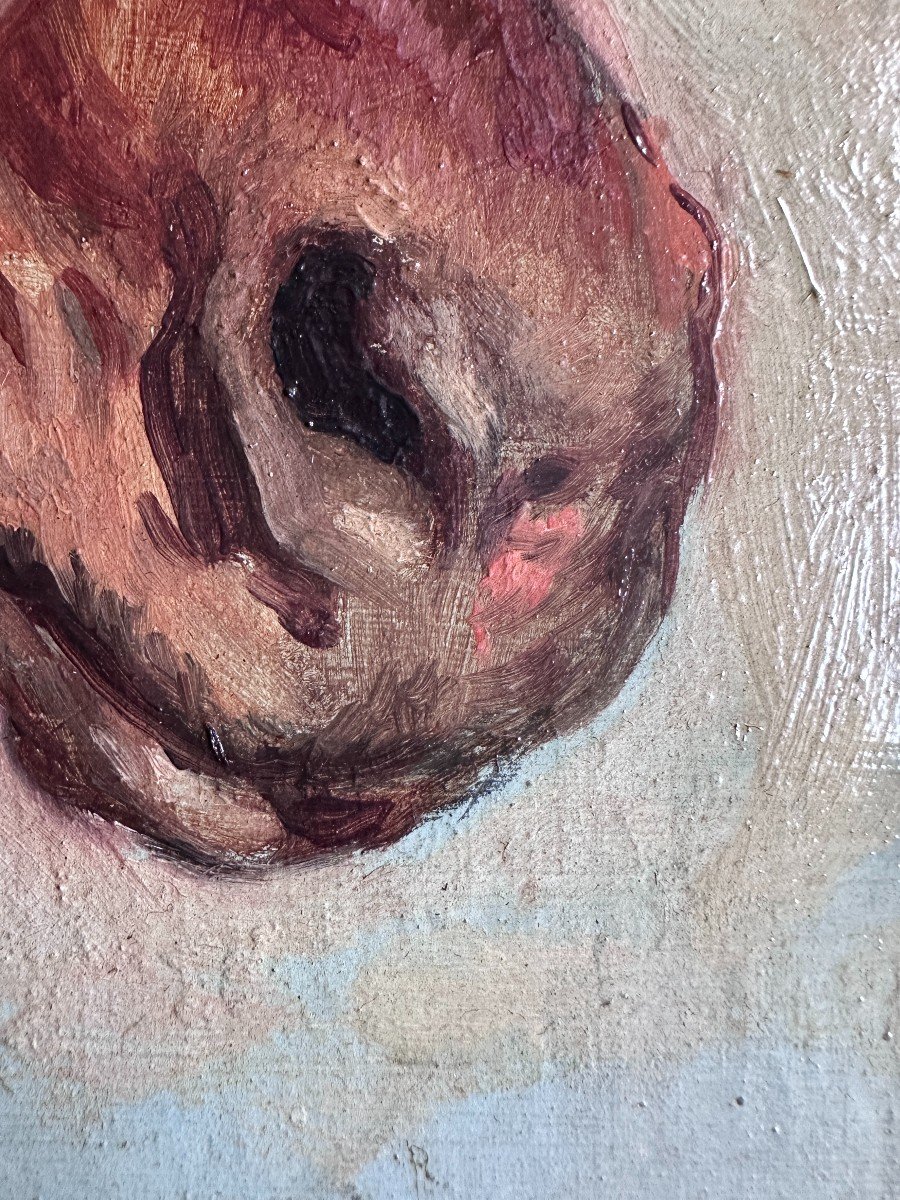
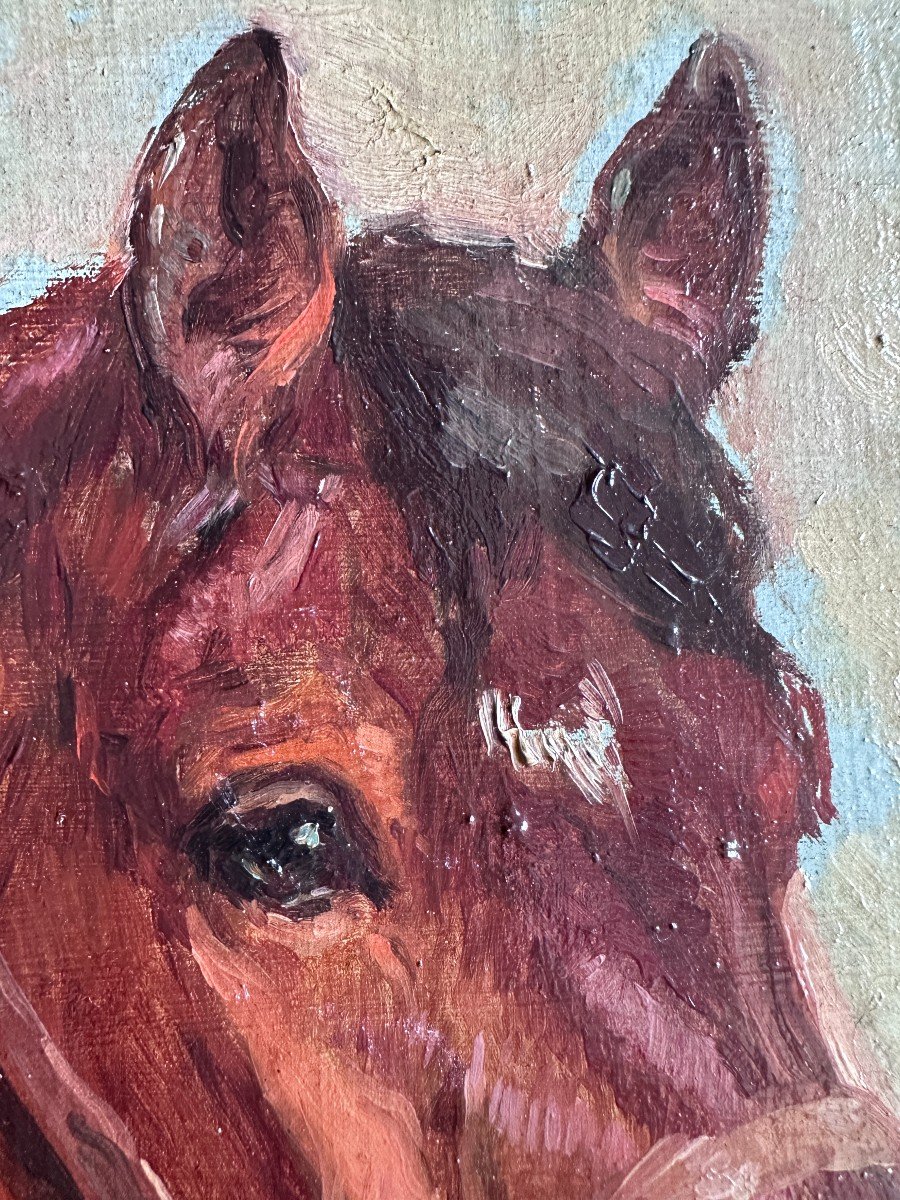
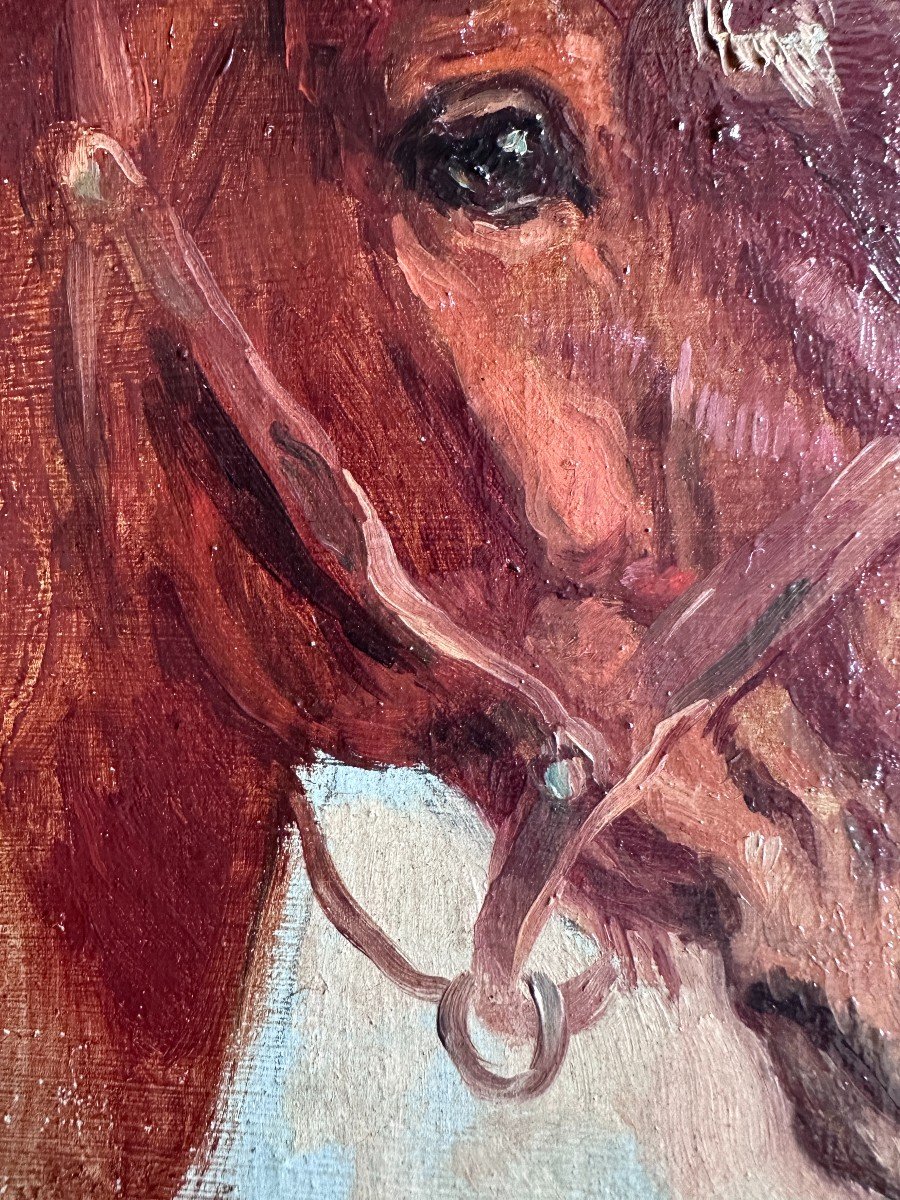


















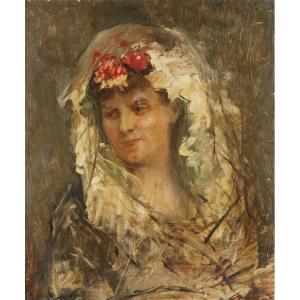




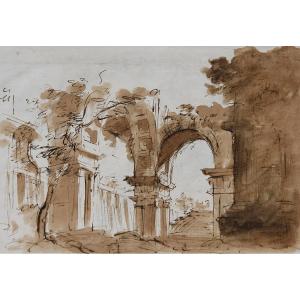



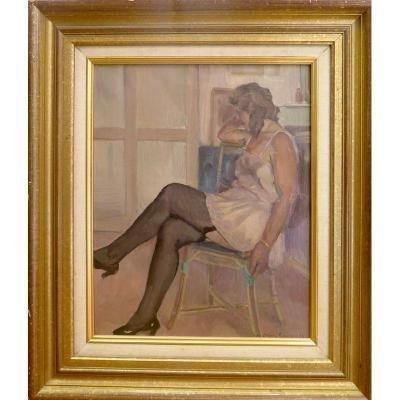







 Le Magazine de PROANTIC
Le Magazine de PROANTIC TRÉSORS Magazine
TRÉSORS Magazine Rivista Artiquariato
Rivista Artiquariato